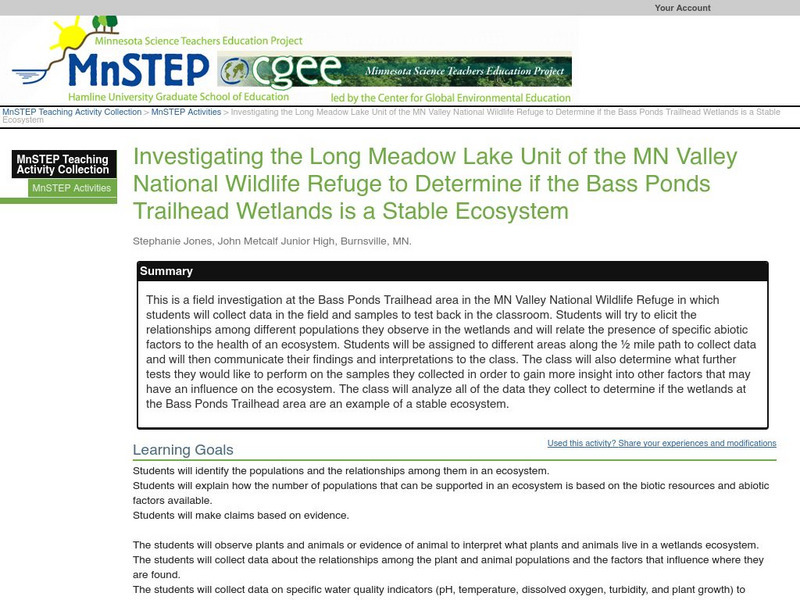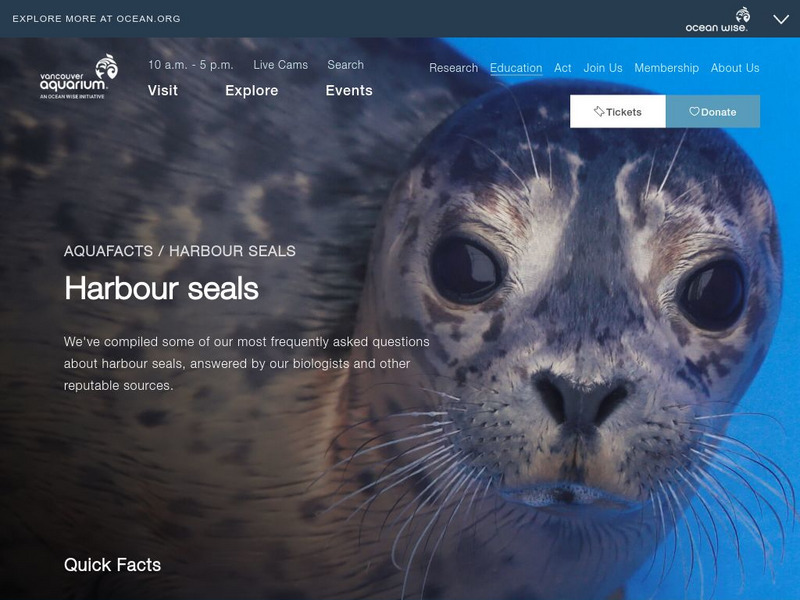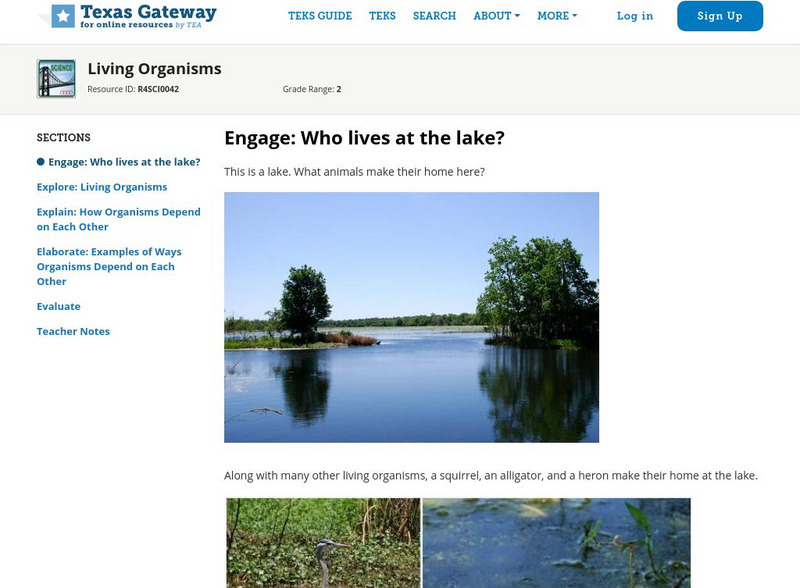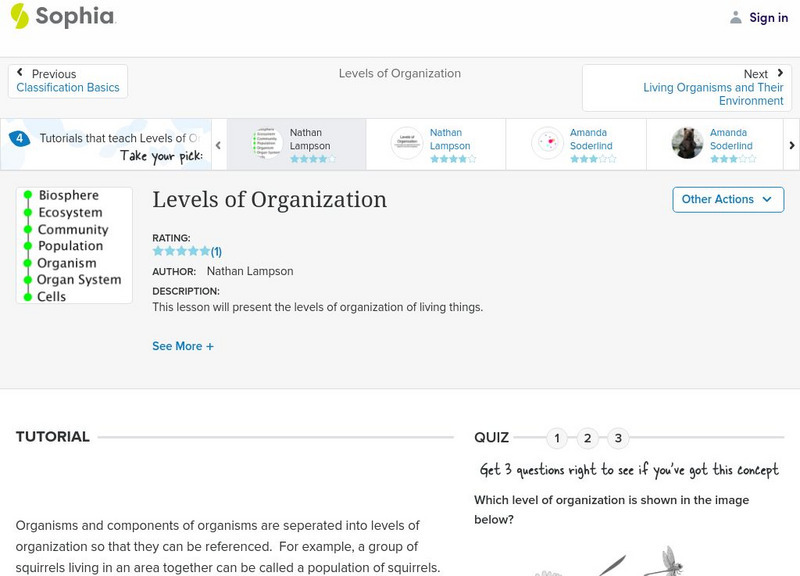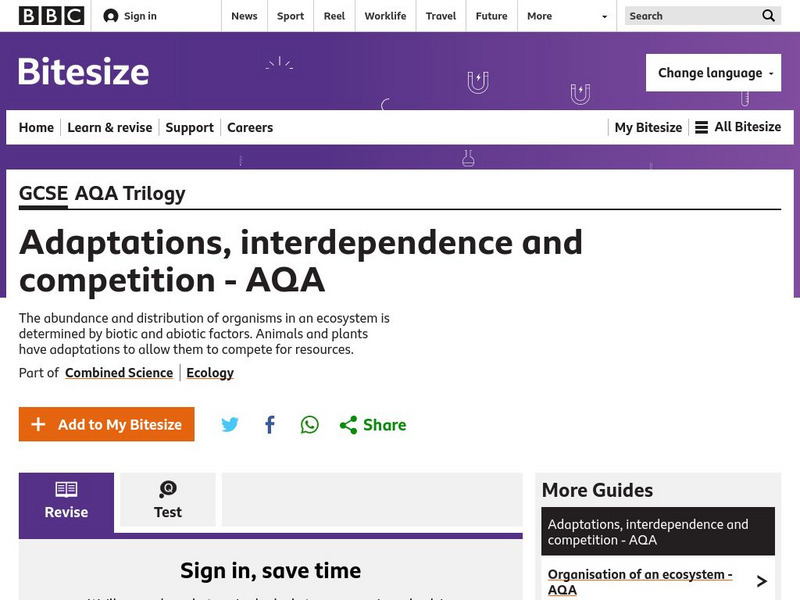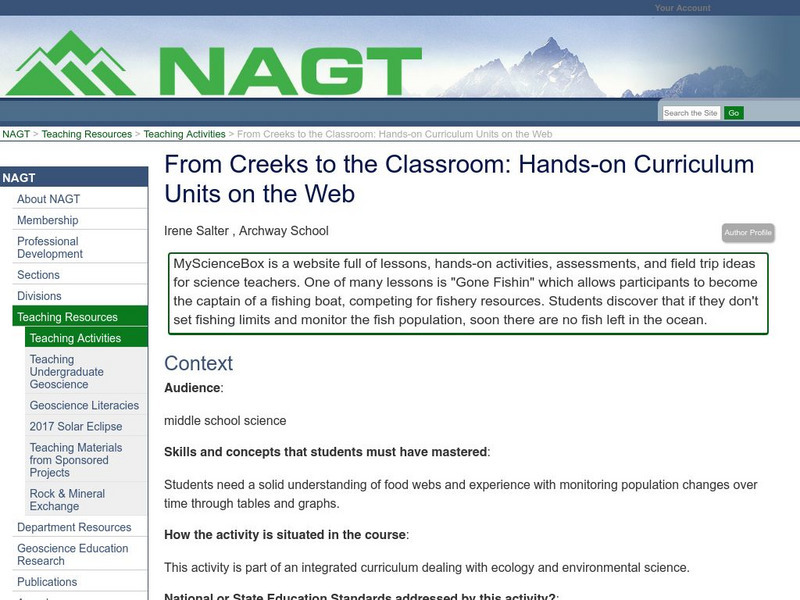Annenberg Foundation
Annenberg Learner: The Habitable Planet: Ecology Lab
Create the parameters of your own ecosystem by choosing which producers and consumers live there. Visualize how the food web operates and species populations change. This simulator mimics the food web within a typical ecosystem and gives...
PBS
Pbs: River Rewilding: Grand River Restoration and Revitalization Project
A unit for students to look at the economic opportunities associated with a river. Students will explore the Grand River Revitalization & Restoration Project. In this unit, they will also learn about two species impacted by the...
BSCS Science Learning
Bscs: Frog Eat Frog World
Using maps and graphs of large data sets collected in FrogWatch, students will determine the range, preferred land cover, and proximity to water of the American bullfrog to figure out the bullfrog's requirements for food, water, and...
Science Education Resource Center at Carleton College
Serc: Investigating the Long Meadow Lake Unit of Valley Nat'l Wildlife Refuge
This is a field investigation at the Bass Ponds Trailhead area in the MN Valley National Wildlife Refuge in which learners will collect data in the field and samples to test back in the classroom. Students will try to elicit the...
Other
Vancouver Aquarium: Harbor Seals
Are harbour seal populations endangered? What role does the harbour seal play in the ecosystem? How does the harbour seal reproduce? Find the answers to these questions and more in this enlightening site.
Science Education Resource Center at Carleton College
Serc: Investigating the Ecology of Goldenrod Galls Through Biological Sampling
In this biology field lab exercise, students conduct a stationary population study of goldenrod galls. They examine a host of factors including goldenrod plant density, goldenrod gall density, gall height, gall mass, larval exit hole...
Other
Digital Library for Earth System Education: Teaching Box: Seasonal Upwelling
A suite of lessons focusing on the process of upwelling. Inquiry-based exploration of seasonal upwelling includes marine food webs, food production in the ocean, wind-driven ocean currents, and seasonal changes in biotic and abiotic...
PBS
Pbs Learning Media: La'ona De Wilde: Environmental Biologist
In this video profile produced for Teachers' Domain, meet La'ona DeWilde, an environmental biologist who integrates her Athabascan heritage and her Western scientific training to help remote Alaskan villages address environmental issues.
Georgia Department of Education
Ga Virtual Learning: Ap Biology: Ecology
Students review the study of living things and make connections back to Earth's systems. This unit focuses on how various species, grouped in populations and communities, work with the nonliving things around them to ensure survival.
Texas Education Agency
Texas Gateway: Living Organisms
Guide your students through a learning module about living organisms in a lake environment.
Utah Education Network
Uen: Human Settlement and Geography
Learn why people live in places with lots of people.
Sophia Learning
Sophia: Levels of Organization: Lesson 5
This lesson will present the levels of organization of living things. It is 5 of 6 in the series titled "Levels of Organization."
Sophia Learning
Sophia: Levels of Organization: Lesson 6
This lesson will present the levels of organization of living things. It is 6 of 6 in the series titled "Levels of Organization."
BBC
Bbc: Gcse Bitesize: Adaptations, Interdependence and Competition Aqa
The abundance and distribution of organisms in an ecosystem is determined by biotic and abiotic factors. Animals and plants have adaptations to allow them to compete for resources.
National Association of Geoscience Teachers
Nagt: From Creeks to the Classroom: Gone Fishin'
Gone Fishin allows participants to become the captain of a fishing boat, competing for fishery resources. Students discover that if they don't set fishing limits and monitor the fish population, soon there are no fish left in the ocean.
Read Works
Read Works: They're Back
[Free Registration/Login Required] An informational text about the increasing population of the endangered gray wolf. A question sheet is available to help students build skills in reading comprehension.
CommonLit
Common Lit: Book Pairings: "World Without Fish" by Mark Kurlansky
Selected (8) reading passages (grades 6-10) to pair with "World Without Fish" by Mark Kurlansky. Mark Kurlansky discusses how humans treat the oceans and the fish that live in them, and what the world will likely look like if fish...
Sophia Learning
Sophia: Human Activity: Lesson 2
This lesson will describe how human activity can impact a natural ecosystem. It is 2 of 4 in the series titled "Human Activity."
Concord Consortium
Concord Consortium: Stem Resources: Variations and Adaptations
Experiment with variations in grass to see which size grows best with different amounts of water. Understand that grass that can live in different levels and change to its environment has a better chance of surviving. Also, experiment...
Sophia Learning
Sophia: Human Activity: Lesson 3
This lesson will describe how human activity can impact a natural ecosystem. It is 3 of 4 in the series titled "Human Activity."
Sophia Learning
Sophia: Human Activity: Lesson 4
This lesson will describe how human activity can impact a natural ecosystem. It is 4 of 4 in the series titled "Human Activity."
Curated OER
Virginia Population Density
Although this site talks about regions in Virginia, it offers excellent information on regions in general, for example, ways regions might be classified; by population density, geology, watershed, ecosystem, economy, transportation,...
Other
Explore Learning: Food Chain Gizmo
In this ecosystem consisting of hawks, snakes, rabbits and grass, the population of each species can be studied as part of a food chain. Disease can be introduced for any species, and the number of animals can be increased or decreased...
BSCS Science Learning
Bscs: Restoring Oyster Reefs
After learning about the role of oysters in an estuary ecosystem and a population decline that oysters have faced over time from overharvesting and pollution, students work with data to determine where are ideal sites for restoring...



